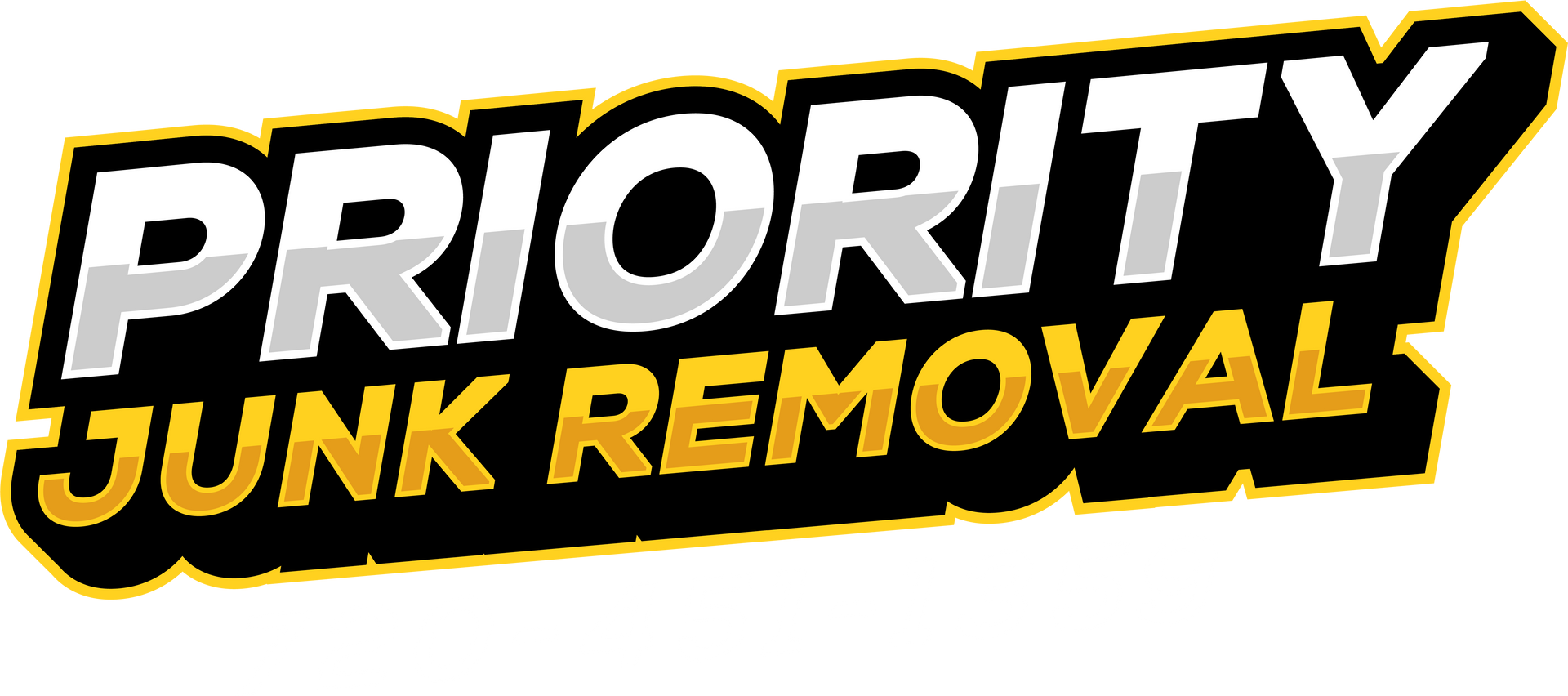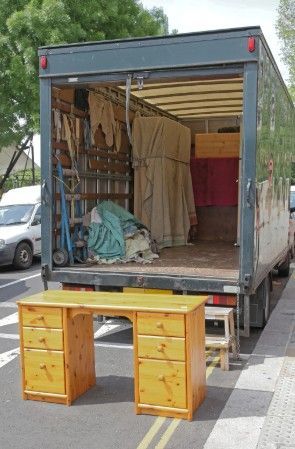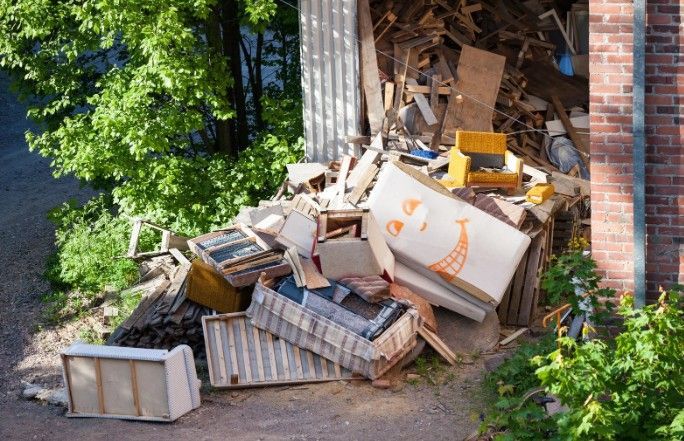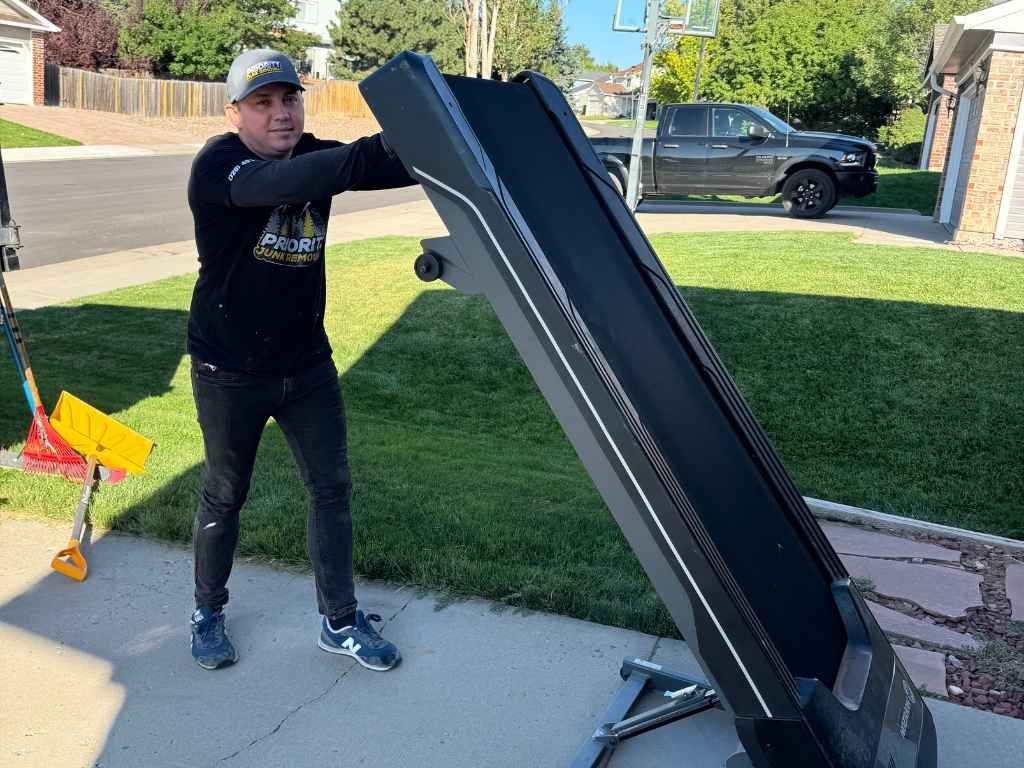What to Expect During a Warehouse Cleanout
Clearing out a warehouse might seem like a straightforward task—pack things up, toss what’s useless, and call it a day. But anyone who's actually taken on the challenge knows it's far more complicated than that. A warehouse cleanout is more than just tidying up; it’s a full-scale operation that requires strategy, manpower, and a bit of grit. Whether you’re downsizing, relocating, or simply trying to regain control of your space, understanding what to expect during the process can save you from stress and costly mistakes.
The Scope of a Warehouse Cleanout
Warehouse cleanouts aren't one-size-fits-all. The size of the space, the type of items being removed, and the ultimate goal of the cleanout all determine how involved the process will be. A small storage warehouse packed with outdated office supplies will demand a different approach than a sprawling manufacturing facility loaded with heavy machinery and hazardous materials.
Expect to encounter a variety of materials during the process—anything from pallets and shelving units to electrical components and office furniture. And let’s not forget the unexpected: hidden water damage, forgotten hazardous waste, or entire aisles of inventory you didn’t even know existed. Before starting, it's essential to assess the full scope of the job so you can line up the right resources and avoid costly surprises.
Planning and Strategy: Setting the Foundation

Successful warehouse cleanouts begin long before the first item is removed. Planning is key. Start by conducting a thorough inventory of the space. Identify what’s staying, what’s being donated or recycled, and what needs to be hauled away. Categorization is essential at this stage. Creating distinct piles or zones for different types of materials—scrap metal, electronics, furniture, and general trash—will help streamline the process.
It’s also worth creating a checklist to track what’s being removed, where it’s going, and what still needs attention. Next comes scheduling. Timing matters more than you might think. A weekday cleanout could disrupt regular business operations, while a weekend project may require overtime pay for workers. Work with a professional cleanout service to coordinate a schedule that minimizes disruptions and maximizes efficiency.
The Heavy Lifting: Execution and Removal
Once the plan is in place, it’s time to roll up your sleeves. The removal phase is where the real work happens. Professional cleanout teams will usually begin with the largest, bulkiest items. Shelving units, machinery, and large containers need to go first to open up space for easier access to smaller items. During this stage, expect a bit of chaos. Even the most well-organized cleanout will have moments of controlled disorder.
Workers will need to navigate forklifts and dollies through tight spaces, and there’s always the chance of encountering unexpected obstacles—hidden wiring, rusted bolts, or even structural damage. Safety is paramount during the execution phase. Industrial equipment and heavy items require careful handling to avoid injury or property damage. A professional team will be equipped with the right tools—lifting harnesses, work gloves, and safety boots—to ensure the job is done safely and efficiently.
Sorting and Disposal: Responsible Handling of Waste
Once the heavy lifting is done, the next step is sorting and disposal. This is where things get a little more strategic. Not everything that comes out of a warehouse should go to a landfill. In fact, a surprising amount of warehouse debris can be recycled, repurposed, or donated. Metal shelving, old electronics, and industrial equipment often contain valuable components that can be recycled. Office furniture and shelving units in good condition can be donated to local charities or resold. Even old paperwork and cardboard can be sent to recycling facilities rather than ending up in a landfill.
Hazardous materials present a different challenge. Items like old batteries, chemical solvents, and expired cleaning supplies need to be handled according to local disposal regulations. Failing to dispose of hazardous waste properly can result in fines and environmental damage. A professional cleanout service will have the expertise to handle these materials safely and in compliance with local laws.
Warehouse Cleanout is the Key to Business Growth and Success
A warehouse overflowing with unused, obsolete, or misplaced items isn't just an eyesore—it’s a hidden drain on your business resources. Every square foot taken up by unnecessary clutter represents lost potential, whether in terms of productivity, storage capacity, or operational efficiency. A clean, well-organized warehouse directly contributes to smoother logistics, better space utilization, and ultimately, higher profitability.
Additionally, an optimized warehouse supports better customer service and faster order fulfillment. When employees can easily locate and access products, delays and errors decrease, leading to improved customer satisfaction. In today’s fast-paced market, businesses that prioritize efficiency gain a competitive edge.
How a Warehouse Cleanout Enhances Workplace Safety and Reduces Risks
A cluttered warehouse isn’t just inefficient—it’s a safety hazard waiting to happen. Stacked boxes, obstructed walkways, and misplaced items increase the likelihood of workplace injuries. Warehouse accidents, whether from tripping over debris or improperly stored materials falling from heights, can result in serious consequences, from employee injuries to costly legal liabilities.
Beyond preventing physical hazards, a cleanout also enhances fire safety and emergency preparedness. Unnecessary flammable materials, improperly stored chemicals, and blocked exits can turn a minor incident into a major catastrophe. By decluttering and reorganizing, businesses ensure compliance with safety regulations and reduce the likelihood of workplace accidents.
How a Warehouse Cleanout Improves Inventory Accuracy and Reduces Losses
One of the biggest challenges in warehouse management is keeping track of inventory efficiently. When a warehouse is cluttered or disorganized, misplaced items, overstocking, and even losses become common issues. A structured cleanout plays a crucial role in improving inventory accuracy by eliminating outdated stock, reorganizing storage systems, and implementing better tracking methods.
An efficient warehouse layout also minimizes the risk of misplaced inventory and human error. With clear labeling, optimized storage, and digital tracking systems, employees can quickly locate items, reducing time spent searching for misplaced goods.
A Warehouse Cleanout as the First Step Toward a More Profitable Business
A warehouse isn't just a storage space—it’s the backbone of a company’s logistics, efficiency, and bottom line. A neglected, cluttered warehouse leads to delays, misplaced inventory, and wasted resources. On the other hand, a well-maintained warehouse enables businesses to operate at peak efficiency, ultimately driving higher profits. Conducting a warehouse cleanout is the first step toward transforming operations, cutting costs, and improving overall business performance.
By removing outdated inventory, optimizing storage space, and implementing better organization systems, businesses can reduce operational expenses and increase efficiency. A cleanout allows companies to reassess storage solutions, identify inefficiencies, and make strategic improvements.
Deep Cleaning and Final Inspection
Once the warehouse is emptied and cleared of debris, it’s time for the final touches. Deep cleaning is an essential part of the cleanout process. Over time, warehouses accumulate layers of dust, dirt, and grime that simple sweeping won’t remove. Professional teams often use industrial-strength cleaning solutions and equipment to tackle stubborn stains and buildup. This might include pressure washing floors, cleaning walls and windows, and sanitizing restrooms and common areas. If the warehouse has been used for storage of hazardous materials or chemicals, specialized cleaning agents may be needed to remove residual contaminants.
After cleaning, a final inspection ensures nothing has been overlooked. This includes checking for structural issues, ensuring all hazardous waste has been properly handled, and confirming that the space meets any leasing or regulatory requirements. A clean and organized warehouse isn’t just more functional—it’s also more valuable to potential buyers or tenants.
Unexpected Challenges to Anticipate
Even with the best planning, warehouse cleanouts rarely go off without a hitch. There are always unexpected hurdles. You might discover hidden damage beneath old shelving units or realize that the electrical wiring is outdated and unsafe. Rodent infestations, mold growth, and structural issues are all possibilities that could complicate the process.
Supply chain disruptions can also throw a wrench in your timeline. If recycling centers are backed up or landfill hours are limited, you may need to adjust your schedule accordingly. Flexibility is key to navigating these roadblocks without derailing the entire project. Labor shortages and equipment malfunctions can also cause delays. Having a professional team on hand ensures that these issues are handled swiftly and efficiently, reducing the overall impact on your timeline and budget.
How to Streamline the Process
To make the process as smooth as possible, start with a solid plan and enlist professional help. Choose a company with experience in large-scale cleanouts and a reputation for reliability. Communication is key—make sure the team understands your goals, your budget, and any specific requirements for the job.
Consolidating similar items, clearly labeling materials for disposal or donation, and ensuring easy access for equipment and workers will help speed things up. The more organized you are going into the project, the more efficient the process will be.
Conclusion
A warehouse cleanout is a big job, but with the right planning, execution, and professional support, it’s entirely manageable. Priority Junk Removal specializes in warehouse cleanouts of all sizes, providing expert service from start to finish. Located at 6091 South Spotswood Street, Littleton, Colorado 80120, Priority Junk Removal takes the stress out of the process with reliable, efficient, and eco-friendly service. For more information or to schedule a cleanout, call 720-451-1359 or email priorityjunkremoval@gmail.com.











